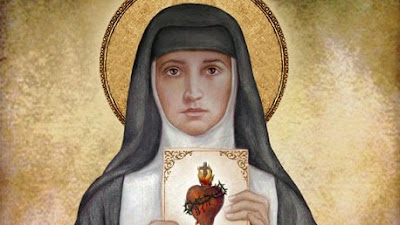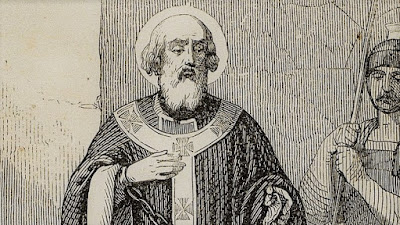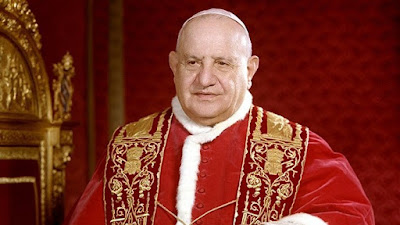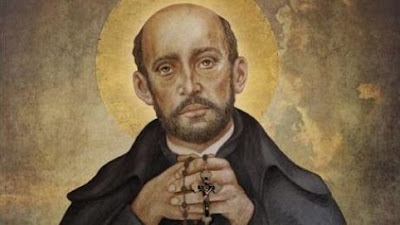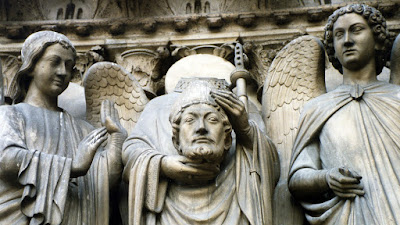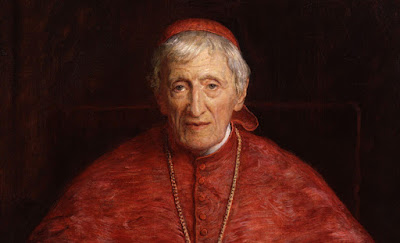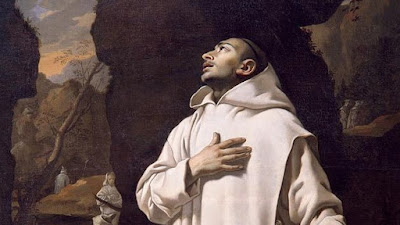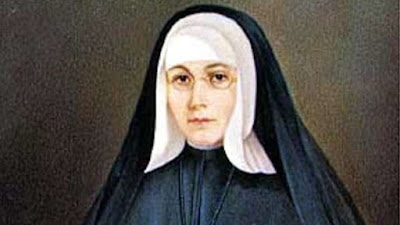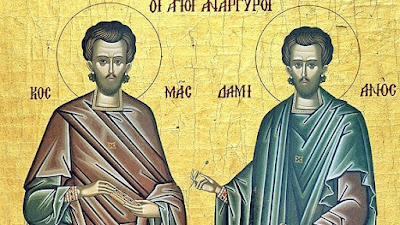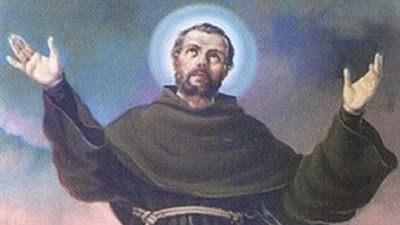St. Marguerite d'Youville, First Native Canadian Saint
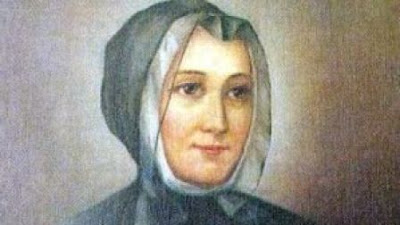
October 16th, the Church in Canada observes the optional memorial of Saint Marguerite d'Youville, the first native Canadian to be elevated to sainthood. She was born October 15, 1701 at Varennes, Quebec, the eldest child to Christophe Dufrost de Lajemmerais and Marie-Renée Gaultier. Her father died when she was 7 years old leaving her family in tremendous poverty. She studied for two years at the Ursulines in Quebec. Upon her return home, she became an invaluable support to her mother and undertook the education of her brothers and sisters. She married François d'Youville in 1722, and the young couple made their home with his mother who made life miserable for her daughter-in-law. She soon came to realize that her husband had no interest in making a home life. His frequent absences and illegal liquor trading with the Indians caused her great suffering. She was pregnant with her sixth child when François became seriously ill. She faithfully cared for him until his death in

